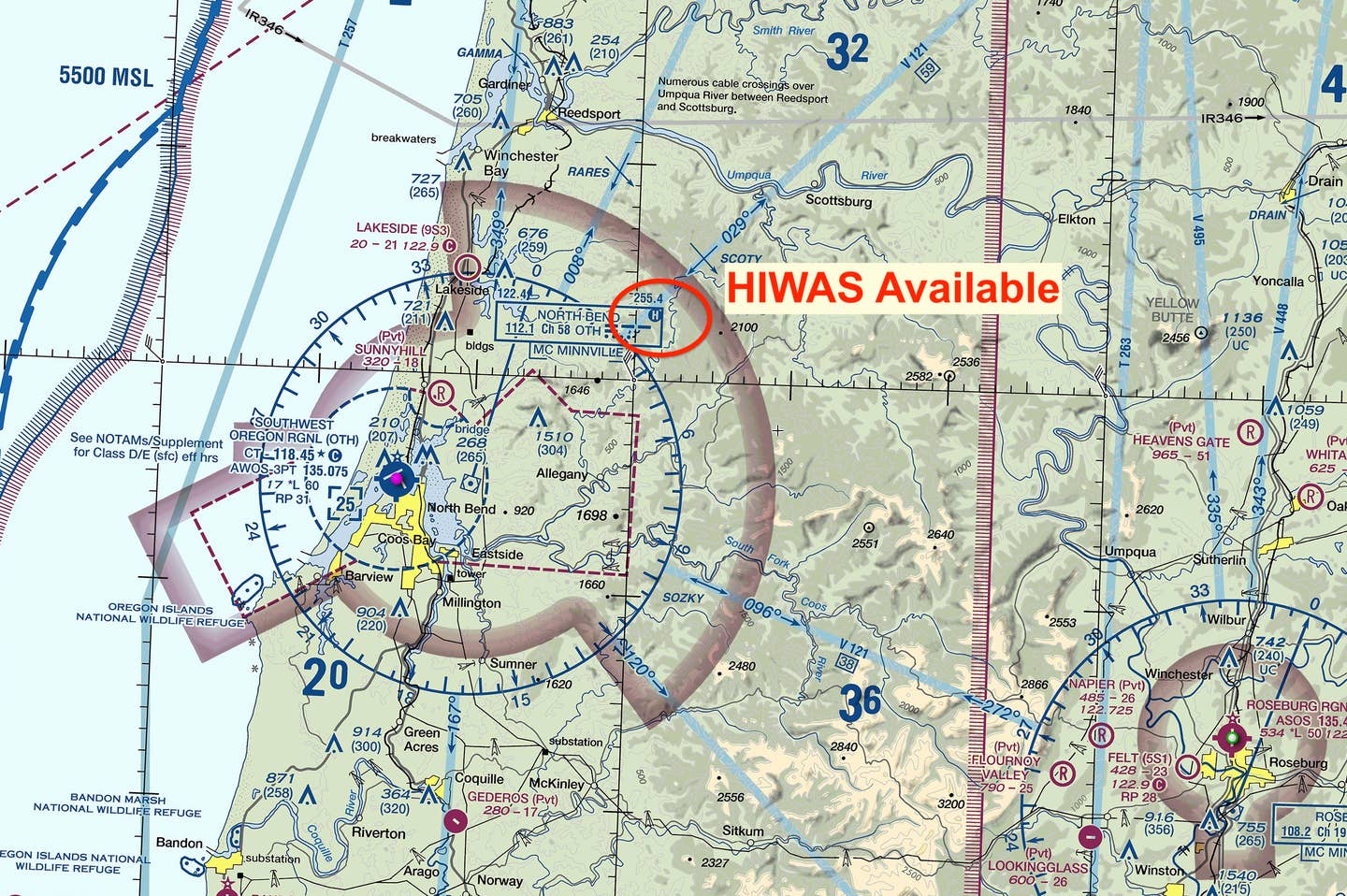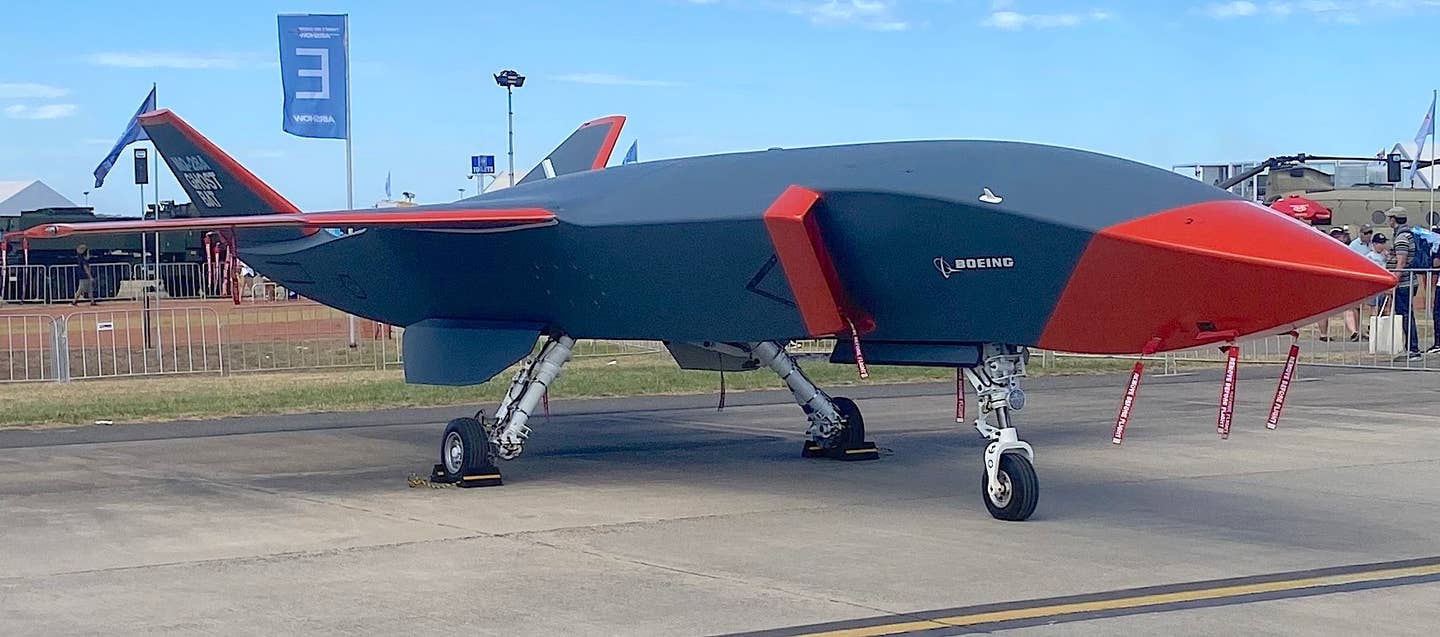FAA To End HIWAS
On Jan. 8, the FAA will discontinue the Hazardous Inflight Weather Advisory Service (HIWAS) after discussions with industry going back a year and a half. Ending HIWAS is “part of…

Image: SkyVector
On Jan. 8, the FAA will discontinue the Hazardous Inflight Weather Advisory Service (HIWAS) after discussions with industry going back a year and a half. Ending HIWAS is “part of FAA efforts to modernize and streamline service delivery.”
Citing new weather-dissemination technologies, the FAA says that “the demand for inflight services from Flight Service specialists has declined. Staffing was 3,000+ specialists in more than 300 facilities during the early 1980s and now consists of three hub facilities. In 2018, radio contacts dropped to less than 900 per day from an average of 10,000 radio contacts per day.”
HIWAS has broadcast weather information on certain VOR frequencies since the 1980s. It was implemented to ease traffic on Flight Service Stations, Flight Watch and ATC in disseminating hazardous-weather information to airborne pilots. The FAA says that multiple sources are available to pilots “that provide access to weather and aeronautical information to pilots in the cockpit, often presented in a graphical format, making it easier to visualize what is going on along the route of flight.”
In the time since announcing its intention to discontinue HIWAS, “The FAA received 27 comments on the proposed agency action. The following summary identifies the issues raised from all the commenters to our initial proposal but does not restate each comment received. Thirteen (13) comments either supported the initiative or were neutral towards the FAA's proposal. Three (3) comments did not apply as they referred to HIWAS in Alaska, which does not exist. Of the remaining comments, a number of them focused on technology and the inability of pilots to obtain weather from alternate sources such as Electronic Flight Bags (EFB), Flight Information Services-Broadcast (FIS-B), or similar digital products. Commenters cited costs, aging aircraft, and lack of infrastructure as reasons to retain the broadcast,” according to the agency.
Industry groups were concerned that pilots may have no other source for information on hazardous weather once en route. “The FAA instituted FIS-B as a replacement for this legacy system that provides a range of aeronautical information products and often in a graphical format, which is not available via HIWAS,” says the agency. “For pilots who choose not to equip their aircraft with this new technology … a Flight Service Specialist is still available over a radio outlet.” And, the FAA notes, ATC will still continue to offer advisories to pilots who do not have datalink weather.






